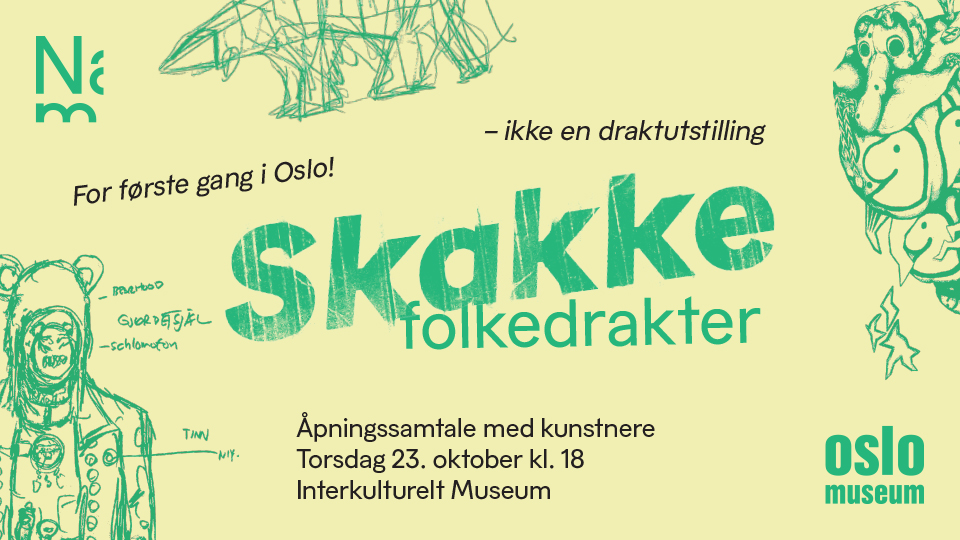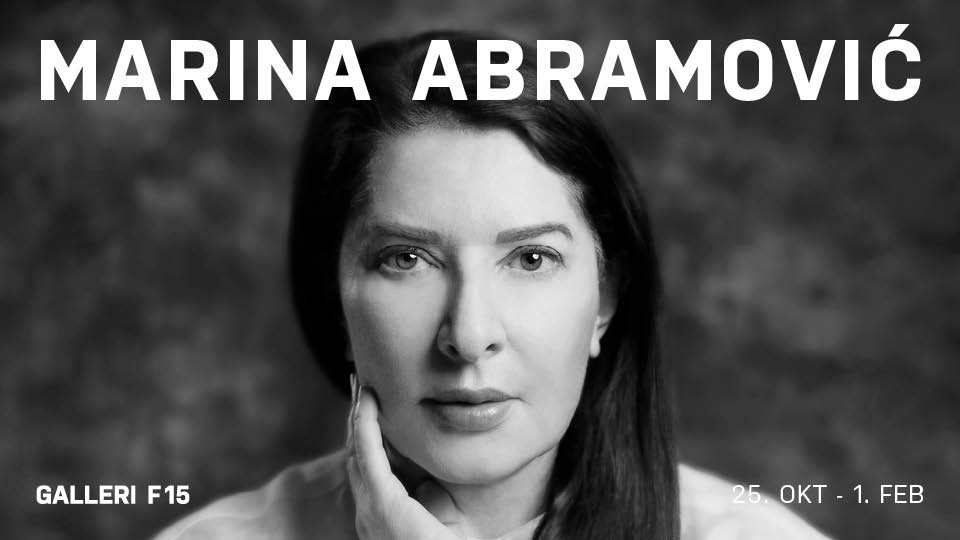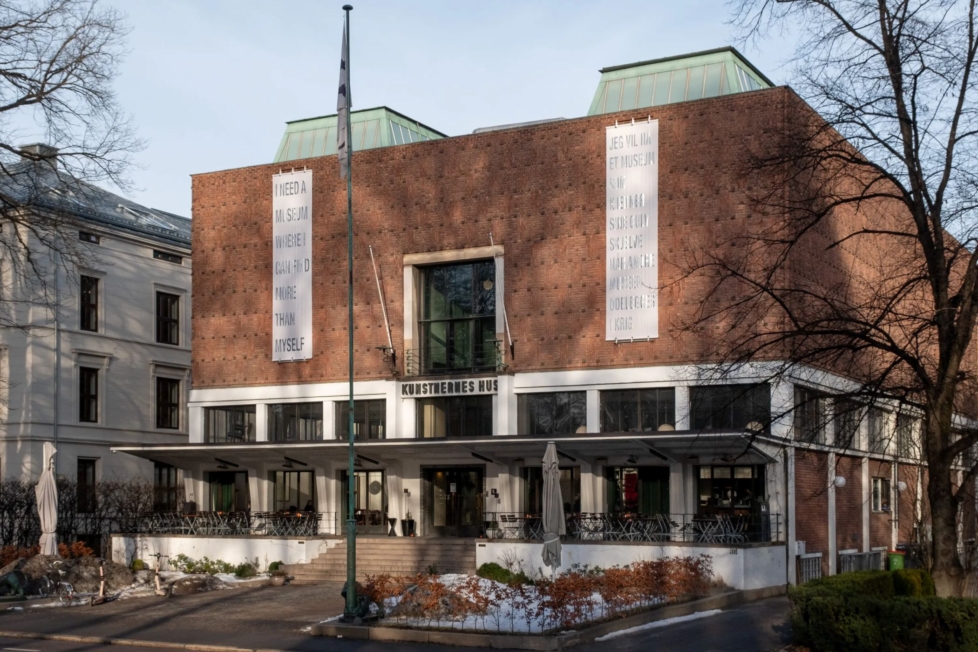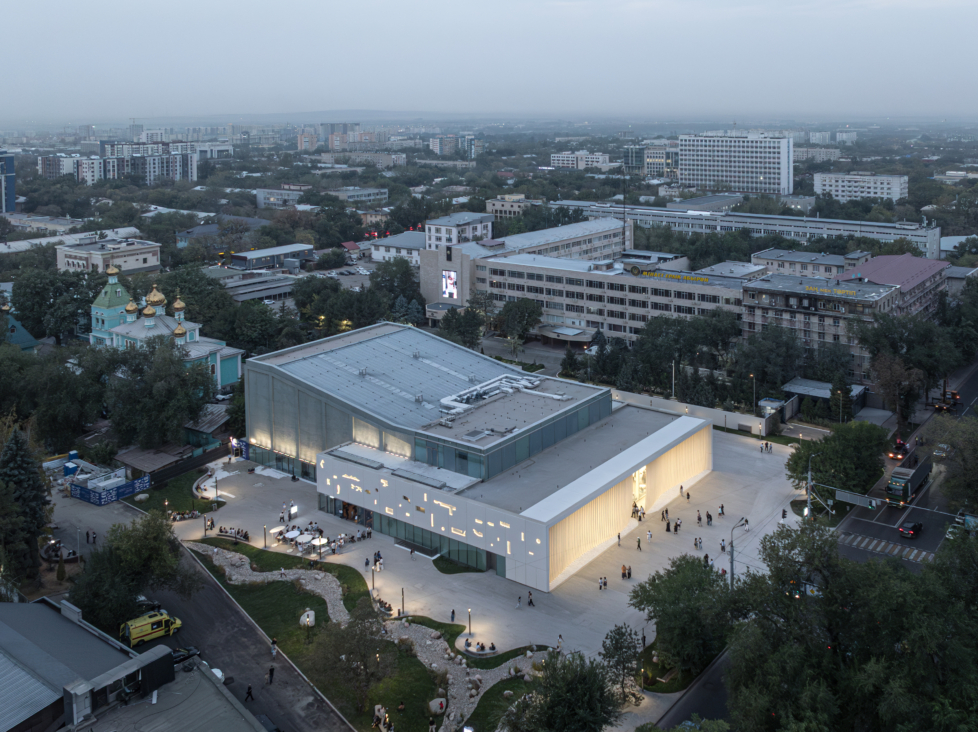
In an immortal clip from 1968, Nina Simone tries to explain the impossibility of describing freedom to someone who hasn’t experienced it. She says the feeling itself can be explained, but that it is impossible to convey the existential meaning of freedom to the uninitiated. Suddenly, she exclaims: “I’ll tell you what freedom is to me. No fear!” The statement has, of course, become historic.
For the British artist Isaac Julien, Simone’s quote has been a modus operandi, and is now framing his forty-year career in the retrospective What Freedom Is To Me at London’s Tate Britain. The condensed show features a selection of Julien’s best-known video installations and a few works from the 1980s, when the artist was active in the Sankofa Video and Film Collective, where he began his exploration of Black representation through experimental filmmaking.

Works from the early 80s are shown in a hall that precedes the main exhibition, and almost seems to have been squeezed in at the last moment. The soundtracks bleed into each other, and it’s difficult to concentrate on the complex dramaturgy of each individual work. One of the walls is covered with key moments in British politics interspersed with milestones in Julien’s life and career: Thatcher, Julien’s graduation, meeting his life partner Mark Nash, demonstrations, deaths, Tony Blair, the Turner Prize, and so on. The timeline begins in 1957 when the artist’s parents emigrated from Saint Lucia to London where he was born and raised. Sixty-five years later, Julien comes full circle when he is knighted by the late Queen Elizabeth and becomes Sir Isaac.
What is made visible in the gap between Julien’s early works and his later large-scale video installations is how beauty has become his main political tool. Who killed Colin Roach? (1983), Territories (1984), and This is Not an AIDS Advertisement (1987) are all single-channel investigations into specific events using documentary methods. This is before the speculative historicism that characterises the later, visually astonishing multi-channel works, where the viewer’s gaze is guided through complex narratives with cinematographic micro-precision.
The link between Julien’s early, overtly activist practice and his later video installations is his breakthrough work Looking for Langston (1989), one of the films in the main exhibition. It is a single-channel video montage with the poet Langston Hughes (1902–1967), a leading figure of the Harlem Renaissance, as its main protagonist. According to Julien, the workwas created as an emotional response to James Baldwin’s death in 1987. The opening scene depicts a campy incense-scented funeral. The camera slides down the frame, and we are transported to a hybrid club where the smoky, jazzy Harlem of the 1920s meets the gay London of the 1980s; an associative exploration of Black, homosexual desire through the gaze of Langston Hughes follows.

That Looking for Langston has become a landmark of New Queer Cinema is due to Julien’s very precise balance between theory and practice. The film’s analytical level, which features Hughes’s voice and the poetry of Essex Hemphill and Bruce Nugent, never gets in the way of the poetic visual montage – twinks, leather boots, faces – driving the work forward. Nothing feels overworked. In erotically dense scenes, desire is shown as unruly, Dionysian, and subversive. The film’s portrayal of the queer gaze still feels refreshingly contemporary.
Several of Julien’s later works are more unbalanced and have not aged as gracefully. This becomes most obvious in the diptych Western Union: Small Boats (2007) and Ten Thousand Waves (2010), both of which explore migration and displacement. Western Union, the shortest (and weakest) work in the show, was created in response to anti-migration movements in Europe at the time. The images move between grandiose Renaissance-style halls, smugglers’ boats, tourist beaches, and underwater views where squirming dancers try to convey some kind of ‘feeling’ of vulnerability. The result is embarrassingly vapid.
Ten Thousand Waves is based on a tragic incident in which twenty-three illegal Chinese cockle pickers died in an accident off the coast in northwest England. The film opens with surveillance footage filmed from inside a helicopter while the radio communication of the emergency services is played. Then, we are quickly transported to contemporary China where Julien interweaves Asian mythology with a somewhat non-specific idea of the human consequences of the People’s Republic of China’s gradual rapprochement with the West.

Like many of Julien’s works, both films use allegory as a model for thinking artistically about realpolitik; they are supposed to be seen as allegories, not as depictions of real events. This cinematic exploration of concepts and events sometimes moves the associations so far from their origin that reality ceases to be important to the viewer. Despite being based on a terrible tragedy, the lasting impression of Ten Thousand Waves is the beauty of the images.
Dance is a recurring visual element in Julien’s work – and one that is rarely successful. Lina Bo Bardi – A Marvellous Entanglement (2019) dramatises the acclaimed Brazilian architect’s life through a visual examination of her buildings. Two actors play Bo Bardi as young and old respectively, and it sometimes seems like a straightforward staging of documentary material. But then dancers appear in the stunning settings and ruin everything. Julien seems convinced that the dancing body has a special ability to transcend language and achieve a movement-based expression that somehow captures what he wants to say in a very precise way. It doesn’t work, and only makes the moods he generates lose their electricity. Bo Bardi’s relationship with architecture remains subversive no matter how Julien has chosen to place some boring dancers on a staircase. They fail to bring her or anyone else’s theories to life.

The most recent work in the exhibition, Once Again… (Statues Never Die) (2022), is displayed in a hall-of-mirrors-like setting with styrene-cast African masks placed along the walls. The five-channel installation examines the ‘museum’ as a historical locus through the lens of cultural theorist Alain Locke (1885–1954), the putative father of the Harlem Renaissance. The relationship between African material culture and the Western canon is dramatised through a conversation between Locke and art collector Albert C. Barnes (1872-1951), who represents the white art institution en large. Should culturally significant works from other parts of the world be repatriated? How is the museum a colonial site? Also included are clips from Chris Marker and Alain Resnais’s film Les statues meurent aussi (Statues Also Die,1953), examining how the Western gaze on African art has generated ‘dead’ historical objects, void of and unable to reach their true origins, a necro-theory that Julien seeks to challenge.
Alongside the reference-heavy sections of the film, a rapturous love story develops between Locke and the artist Richmond Barthé. Despite the urgency of the work’s topic, the erotic ocean that opens up between them is the work’s enigma. The men’s irresistible chemistry testifies to the fact that queer desire continues to harbour a potential for progress. If only beauty were allowed to reign, perhaps we would eventually reach paradise?









